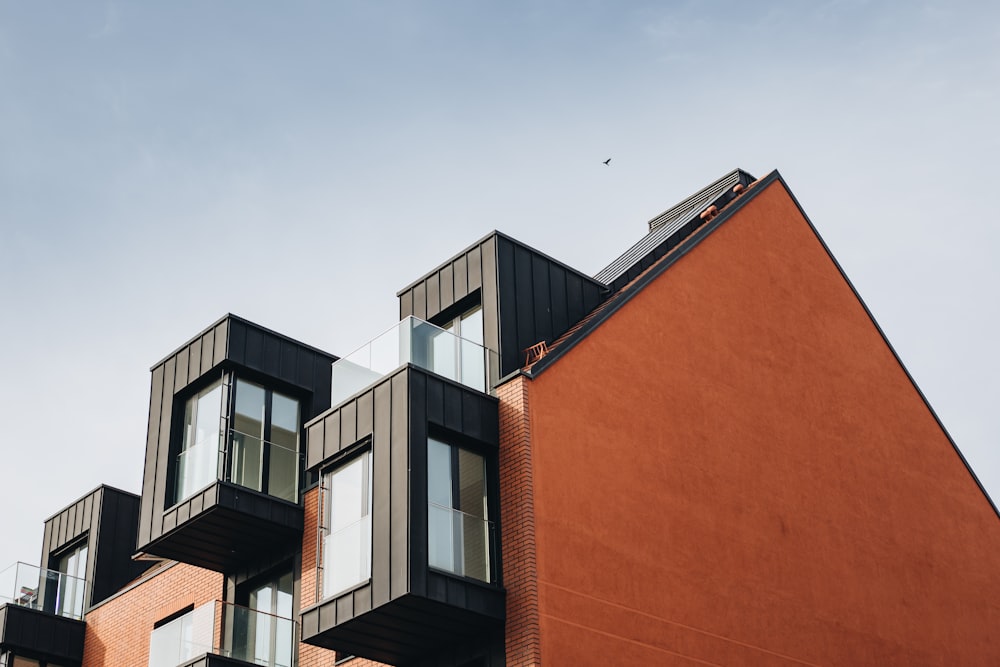
Architectural cast stone has become an increasingly popular choice for building exteriors, providing a coveted balance of aesthetics and functionality. Capable of replicating natural stone while offering numerous design opportunities, architectural cast stone offers versatile yet durable solutions suitable for various architectural styles. In this article, we explore its benefits as a building exterior material and key considerations so that you can make informed choices for your next construction project.
Understanding Architectural Cast Stone
Architectural cast stone is a versatile material comprising aggregates, cement, and reinforcing materials such as reinforcing mesh. Engineered to mimic natural stone’s look and texture, architects and designers can utilize architectural cast stone to achieve desired aesthetics without being limited by quarried stone’s limitations. By carefully selecting aggregates and pigments to closely mimic its appearance and texture characteristics as closely as possible – creating a cast stone that replicates natural stone without restrictions or constraints.
Architectural cast stone manufacturing encompasses several stages, each essential to producing top-quality results. Beginning with creating molds to capture intricate details and textures – these may even be tailored specifically for specific stone types or design elements – the molds are then filled with a mixture of aggregates, cement, and water for curing before being meticulously finished to match the natural stone in terms of appearance, texture, and color – ensuring high-quality architectural cast stone reproductions that closely resemble their counterparts in nature.
Benefits of Architectural Cast Stone for Exterior Building Applications
Aesthetics and Design Versatility
One of the key advantages of architectural cast stone is its ability to mimic the look and texture of natural stone. From classical limestone to rustic sandstone, cast stone can be customized to match various architectural styles while keeping its authenticity and grandeur. Architectural cast stone offers endless opportunities for restoration projects or modern masterpieces alike!
Durability and Weather Resistance
Architectural cast stone is widely renowned for its superior durability. Able to endure freezing temperatures, high humidity levels, and UV radiation without becoming compromised or discolored over time due to high-grade materials and meticulous manufacturing processes, cast stone has long provided buildings’ exteriors with lasting beauty. Using cast stone means long-term beauty is provided instead!
Cost-Effectiveness
Architectural cast stone provides an economical yet beautiful alternative to natural stone that won’t compromise quality or aesthetics. Its production process allows greater control over consistency, leading to reduced material waste and overall costs; additionally, lightweight cast stone means easier transportation, handling, and installation resulting in additional savings; all factors that make architectural cast stone an excellent option for projects on tight budgets without compromising desired visual impact.
Low Maintenance Requirements
Building owners and maintenance teams often value architectural cast stone’s low maintenance requirements. Cast stone resists staining, fading, and discoloration; regular soap and water cleaning often suffices to keep its appearance pristine; this reduced effort saves time and money! Such easy upkeep reduces the time spent cleaning with expensive products or the professional maintenance services needed.
Design Considerations for Architectural Cast Stone Applications
Compatibility with Architectural Styles
When using architectural cast stone on building exteriors, it must complement the overall style of your project. Architectural cast stone offers great flexibility in design, making it suitable for both contemporary and traditional styles. Cast stone can be custom-made to replicate the original stonework when used in historical restoration projects. Cast stone can be used in modern designs to add sleek lines and subtle sophistication to building facades. A visually appealing result can be attained by aligning architectural cast stone with the overall style of a project.
Integration With Surrounding Materials
Integrating architectural cast stone seamlessly with other building materials is crucial for creating a visually coherent exterior. Brick, stucco, and wood should all complement and enhance each other; cast stone should complement and enhance them through thoughtful design choices – selecting complementary colors or accents which echo adjacent materials’ textures or patterns can achieve this aim. Integrating architectural cast stone and other building materials increases aesthetic appeal and strengthens the structural integrity of projects.
Structural Considerations
Although architectural cast stone is incredibly durable, it is important to remember its structural aspects when installing it in building exteriors. Weight, support, and load-bearing capacity should all be factored into the design and installation processes. Working closely with structural engineers and experienced cast stone manufacturers is vital to ensure that cast stone elements are securely supported within a building’s framework – ensuring its longevity and safety over time.
Final Thoughts
Architectural cast stone offers many benefits for building exteriors, from its aesthetic versatility and durability to cost-effectiveness and low maintenance requirements. By considering design compatibility with surrounding materials and structural considerations, architects and designers can utilize their full potential and create beautiful and long-lasting exteriors using architectural cast stone – whether for historical restorations or contemporary masterpieces! Architectural cast stone provides an unbeatable combination of beauty and functionality in every project it touches.


